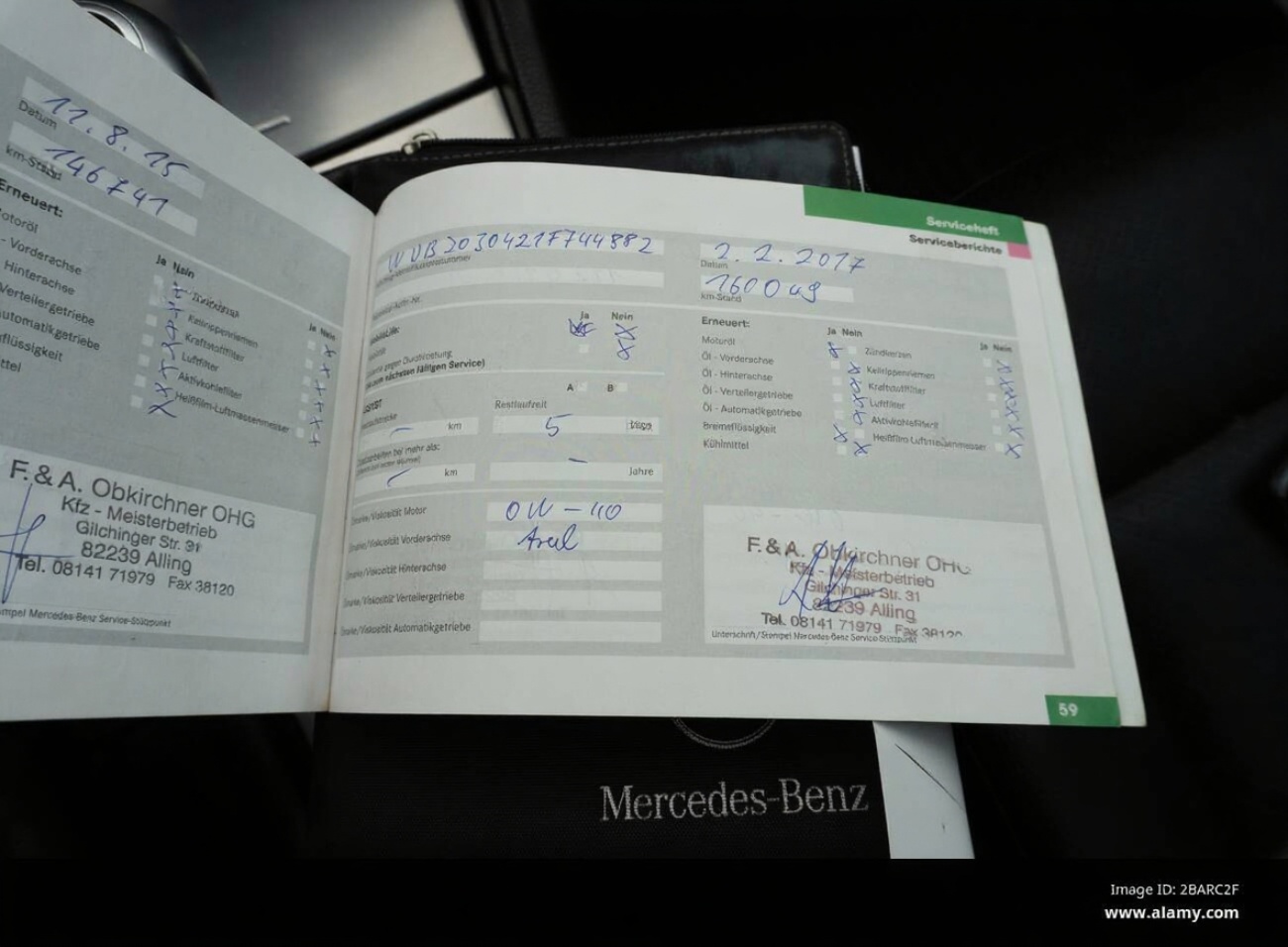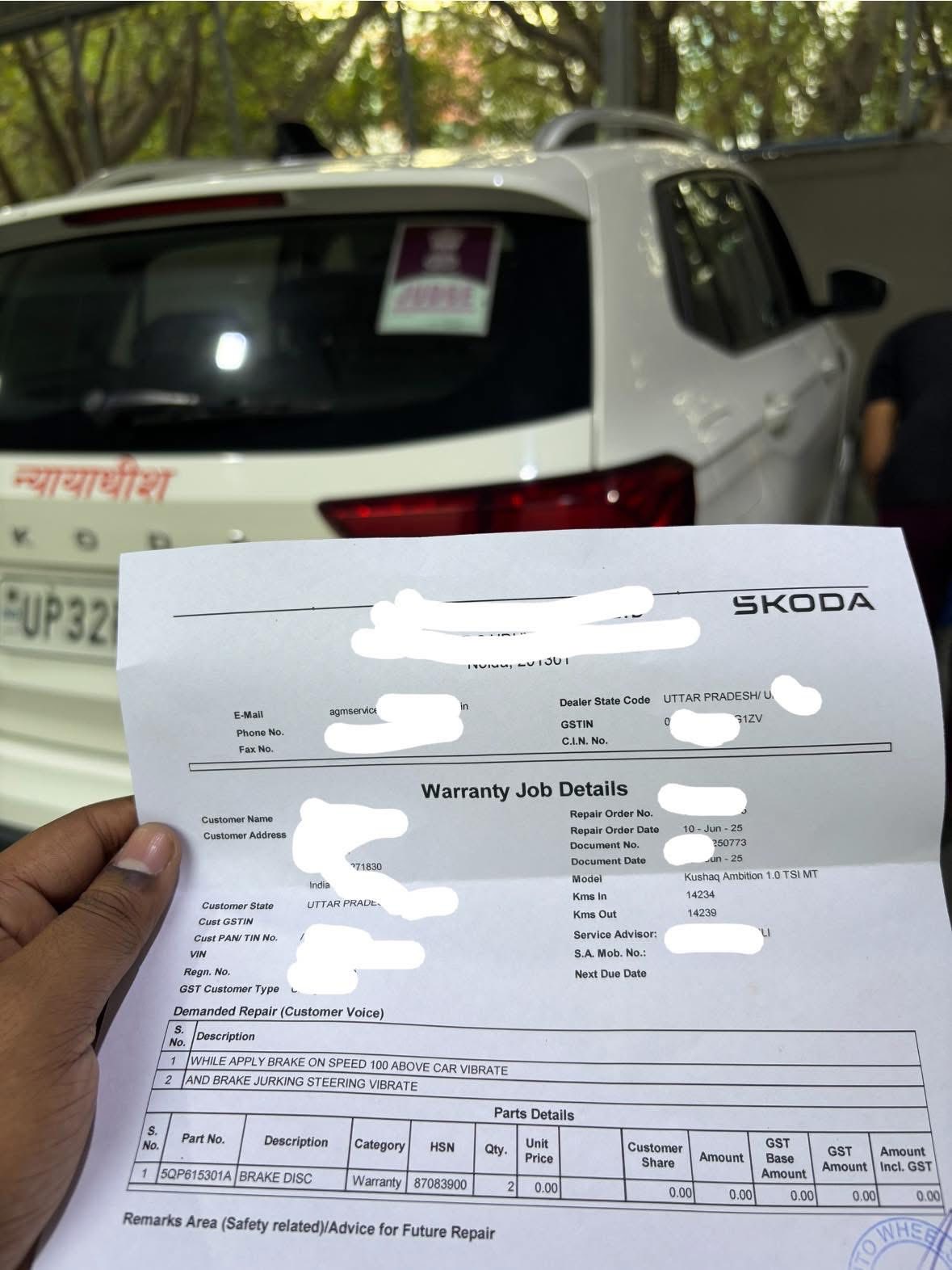At online auto parts stores, we understand how important it is to protect your vehicle from costly repairs. That’s why many car owners choose to purchase an extended warranty after their original manufacturer warranty expires.

However, not everyone gets the full value from their warranty. Below are real survey data and practical tips to help you avoid common pitfalls and make sure your extended warranty works in your favor.
Common Issues When Using an Extended Warranty

In a recent survey of 1,000 extended warranty customers:
- 24.8% said their warranty covered none or only some of their repairs.
- 38% of claim denials were due to the part not being covered.
- 30.9% were denied because of normal wear and tear.
- 15.3% were denied due to pre-existing conditions.
- 14.3% of claims were denied because the repair shop didn’t accept the warranty.
If you don’t fully understand your policy, it’s easy to assume you’re covered—only to be stuck paying the full repair bill yourself.
Repairs Often Take Longer Than Expected
In addition to claim denials, many users reported delays in the repair process:
- Only 10.7% had their repairs completed within one day.
- 89.3% said their repairs took at least two to three days.
- 21.6% said repairs took seven days or more.
If you’re scheduling a warranty repair, be sure to plan for alternative transportation in advance.
How to Avoid Losing Warranty Benefits
To reduce the risk of denied claims, here are key actions you should take:
1. Carefully Read Your Contract
Pay special attention to the “Exclusions” section. This outlines which parts and scenarios are not covered—often including brake pads, belts, tires, and other wear items.

2. Check the Waiting Period
Most warranty policies have a waiting period, often 90 days, before coverage takes effect. If your car breaks down during this time, your claim may be denied and labeled as a pre-existing issue.
3. Keep Maintenance Records
This is especially important for engine or transmission-related issues. Without proof of routine maintenance, your claim could be rejected. Save all oil change receipts, service records, and inspection reports.

4. Stick to Regular Maintenance
Neglecting basic maintenance can lead to warranty cancellation. Always follow manufacturer recommendations for oil changes, coolant flushes, filter replacements, and more.
5. Plan for Transportation
Warranty companies generally don’t approve rental cars until your claim has been reviewed and accepted. This process can take several days or more. Be prepared with a backup plan such as another vehicle, rideshare, or public transportation.

6. Be Patient with the Process
When contacting the warranty provider, you’ll usually be speaking with a customer service agent—not the claims adjuster. Daily follow-up calls are unlikely to speed up approval. It’s best to let your repair shop work directly with the adjuster and be patient during the process.
Is an Extended Warranty Worth It?

Survey results showed:
- 81.5% of users said their warranty helped them avoid at least one repair bill.
- 36.3% said they could only afford $500 or less in an emergency.
- 42.4% had no emergency repair fund at all.
While 18.5% of respondents never used their warranty, most found value in having coverage when a costly repair occurred. That said, the warranty is only worth the investment if you know how to use it properly.
Quick Checklist to Maximize Your Extended Warranty
- Review your warranty contract thoroughly to understand coverage and exclusions.
- Keep all maintenance and repair records organized and accessible.
- Stick to your service schedule to avoid coverage issues.
- Use parts that meet OEM standards to avoid claim disputes.
- Plan ahead for alternative transportation if your vehicle needs repairs.
- Stay calm and cooperative throughout the warranty claim process.
Conclusion
An extended warranty isn’t a magic solution—but it can be a smart financial tool when used correctly. By reading your policy carefully, maintaining your vehicle regularly, and keeping detailed service records, you’ll be in the best position to protect your investment and reduce unexpected costs.
If you’d like this article optimized for SEO with title, meta description, and keywords tailored to your site, just let me know and I can help you craft it.



